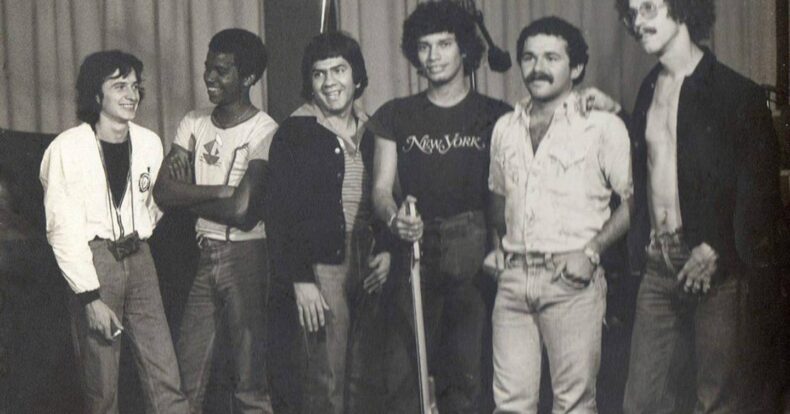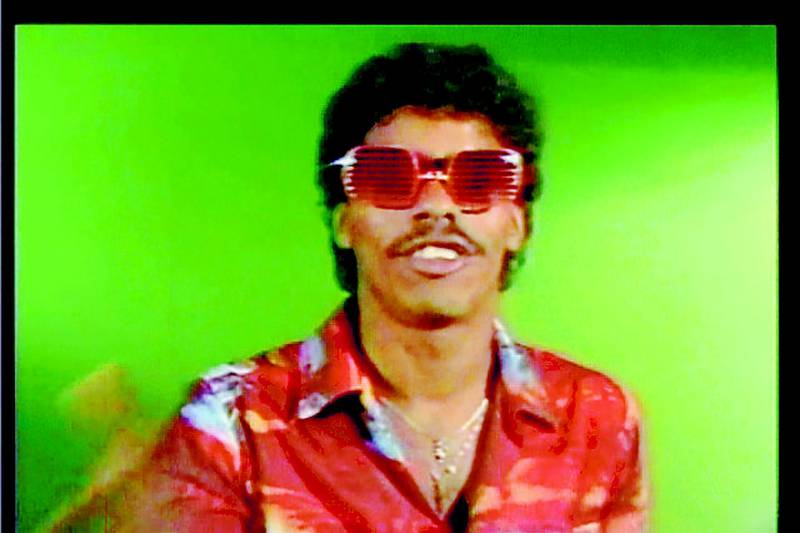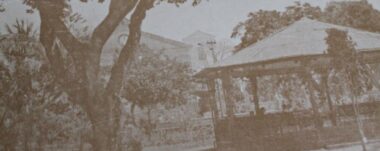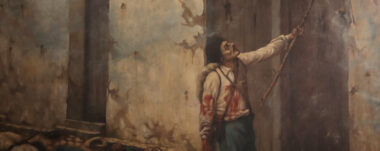Chiqui Chiqui: The Genre that Marked a Whole Generation

Costa Rican folklore includes dance performances of high cultural relevance, such as swing and bolero criollo, instruments such as the marimba and songs that are emblems of the country. In the case of Chiqui Chiqui, it responds to a genre born in the late 70’s, being the decade of the 80’s, its greatest peak. The term Chiqui Chiqui is attributed to the fact that, according to Alfredo “chino” Moreno (2022), Karen Asch, editor of the newspaper La República in the 70’s, every time she would see him arrive she would say “oh, here comes that little brunette boy with another chiqui chiqui”, after that, the band La Pandilla, used this term to name their compositions, approximately in 1976.
Their main bases
According to the idea of creating music inspired in Chiqui Chiqui, corresponds to the practice of adapting songs of Antillean roots and from nearby latitudes to a more “meseteño” style rhythm, more related to the popular music taste of the people of the Central Valley. This is reinforced by the opinion of Alberto Zúñiga, a critic of popular music of the late 20th century in Costa Rica, in the documentary El chiqui chiqui – Fenómeno musical costarricense de los años 80 ‘s, realized by the National Archive, in collaboration with the Universidad Estatal a Distancia. In addition to this, it can be attributed to the good number of existing orchestras in the country, mainly with Colombian musical influence and other Latin American rhythms, such as paso doble and salsa (González & Ballestero, 2018, p.33). In this case, the significance of foreign influence must be attributed to the formation of this genre, which is unique and has its own nuances.

Sociocultural relevance
This music genre emerged in a context of restructuring and stabilization of the national economy, which was strongly affected by the oil crisis, affecting the country from 1978 to 1982. The boom came along with a greater social stabilization, which, perceived as overcoming the economic crisis, resulted in a positive acceptance of the genre. It is in this period where it can be said that a musical revolution took place in Costa Rica, voices like Gerardo Ramirez are testimony of it, for an interview given to Teletica (2022), they assure that this evolution is still alive in the memory of many Costa Ricans. In Addition to this, their music has traditionally been used to liven up parties of any kind, the technology and communication networks of the time did not allow international songs to reach the country so fast, so many songs in this genre are adapted covers.
Current influence
Several songs that have become a symbol of Costa Rican culture, have been in this rhythm. First, much of the music produced in Chiqui Chiqui is perceived as original, because of the dynamism with which national groups have reproduced these songs, the fact that they are adaptations of international songs is forgotten by much of the population. Nelson Hoffman, in the documentary Chiqui Chiqui (Costa Rica) – Interview with some members of Costa Rican bands from the 80’s, states that in 1986, the most heard artists on the radio were the most popular and the influence of international singers was very low. Some of the most famous songs like “Canchis canchis” by Jaque Mate, “Julie tá” by Manantial and “La Avispa” by La Banda are some of the emblematic songs of this genre. Today, Chiqui Chiqui is recognized as a unique and golden era of the national culture, which is reflected in many of his works and in several documentaries.
Name of the author: Elisabet M. Jiménez
Title: Bachelor of History, University of Costa Rica
Contact: 8502-6916
Social Networks: elis_abetm
Navigate articles




